Ocean Discovery Made by Scientists After Spotting Something Strange
Asha de Vos arrived on the scene with something of an ace up her sleeve in 2008. You see, for the past 26 years, Sri Lanka had been beset by a relentless civil war that put exploration of its oceans at seriously restrictive levels – but this didn’t hold Asha back. What followed was something akin to a glorious release from captivity as she and her team began exploring…and what they found changed their previous beliefs.
Read on to learn more.
Uncovering Postwar Sri Lanka
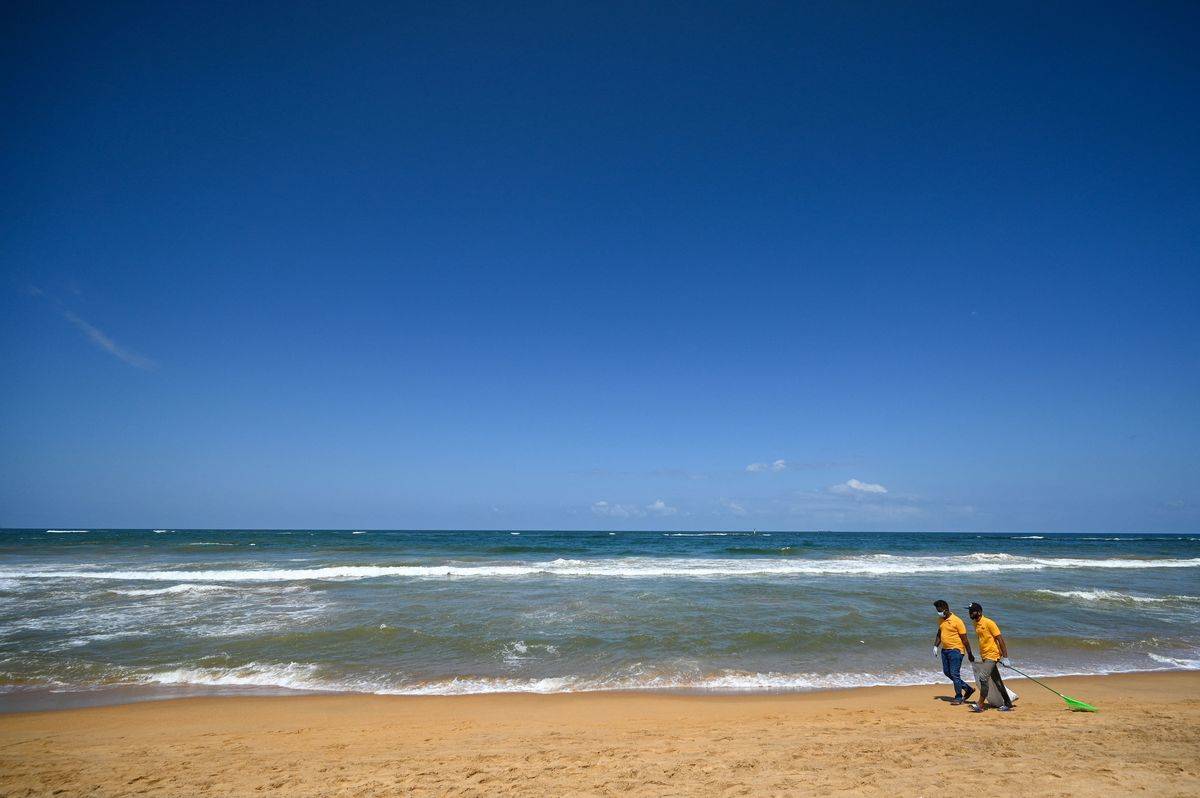
When Asha de Vos and her crew ventured out into the waters off of Sri Lanka’s coast, they didn’t expect to find anything new. For almost three decades a civil war had kept scholars and scientists away from really exploring this powerfully mysterious area.
Little did they know that it would be a life-altering discovery when they unearthed something in the deep! The oceans near the country remain mostly unexplored – what secrets lie beneath their murky depths?
Opportunity To Lead Scientific Research
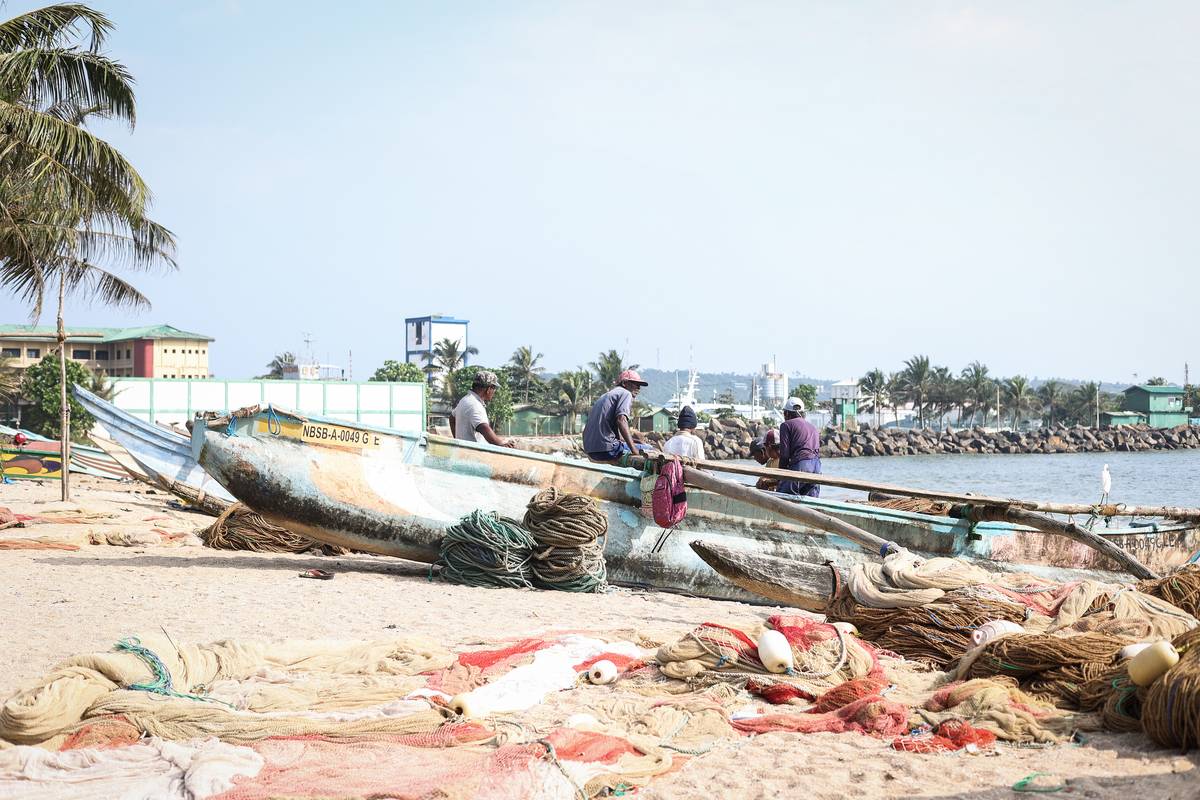
Upon her return to her native Sri Lanka, Asha de Vos was set on making history. Armed with a Ph.D. in marine mammal research from abroad, she wanted to study the Northern Indian Ocean surrounding the country, which would lead to an unforeseen change of course for her career. What exactly it would be that caused this transformation remains unknown until now.
Began Investigating Blue Whales
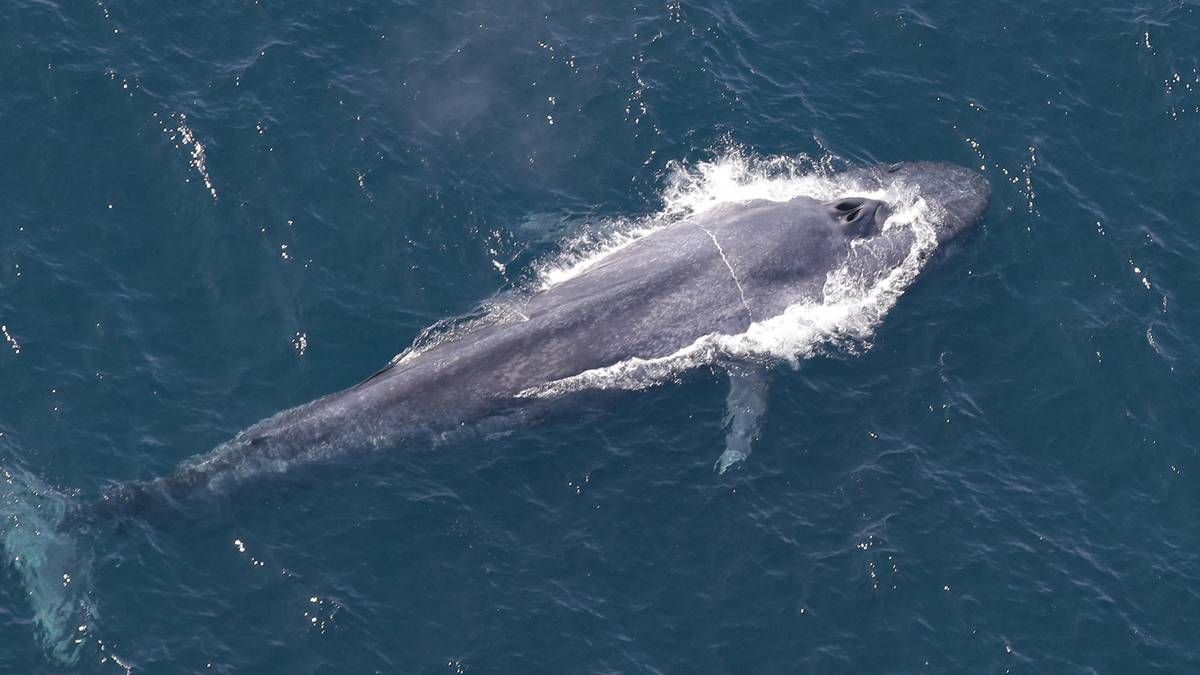
After obtaining her doctorate, Asha de Vos returned to Sri Lanka determined to learn more about the blue whale population in its coastal waters. The largest land animals in existence, blue whales are endangered, prompting her to start the Sri Lanka Blue Whale Project with a team of scientists.
Yet none were prepared for what their research uncovered—an unknown animal that not even the international scientific network had much knowledge of.
Limited Access To The Ocean During The War

Prior to the beginning of Sri Lanka’s civil war, its surrounding seas were used for fishing, and no attention was paid to investigating progress in the Northern Indian Ocean. Once hostilities broke out, however, access to the ocean became almost impossible; scientists who were attempting to study and conservation efforts met resistance at every step.
Refused To Be Deterred
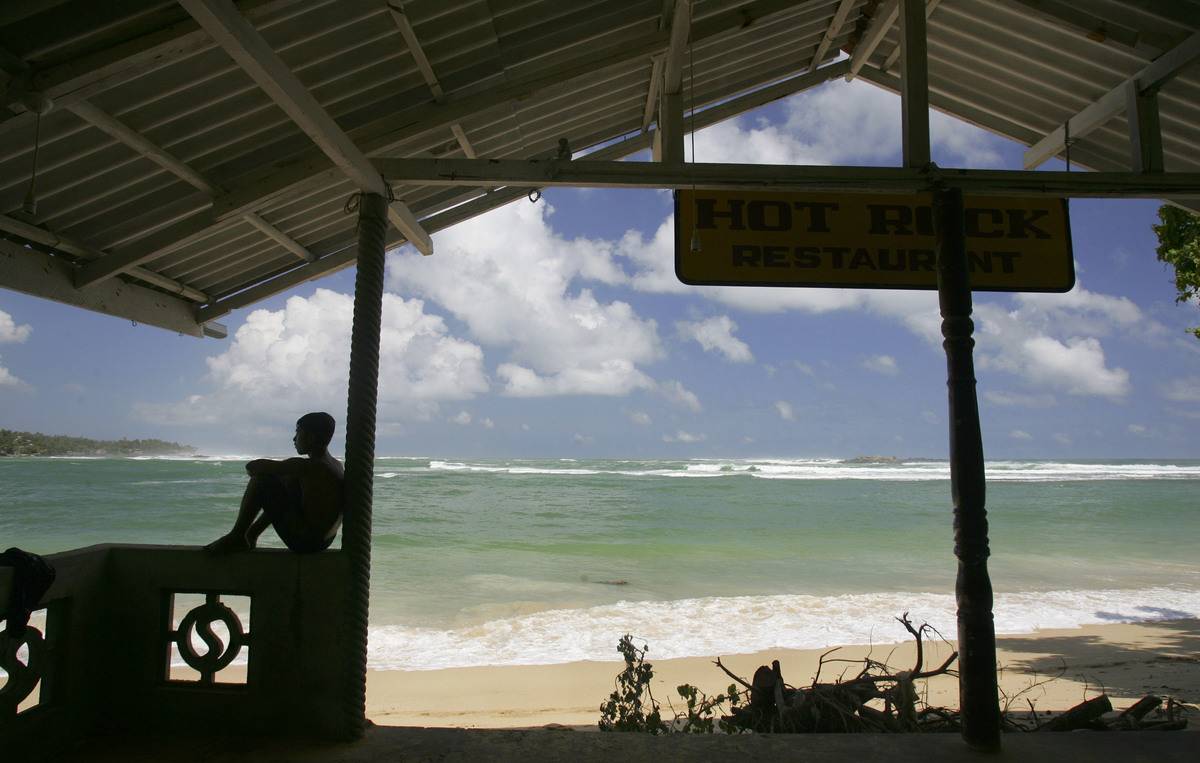
After the civil war in Sri Lanka concluded, a new danger emerged for scientists – the government placed sea mines in the coastal ocean as a deterrent from future terror attacks. Many were worried it would be impossible to explore this area of the Northern Indian Ocean safely.
Fortunately, Asha de Vos wanted to find out what was living beneath its surface so badly that she refused to let any potential danger stand in her way and set sail anyway.
The Maritime Shipping Industry Inspired Her Research

Asha de Vos was driven to investigate blue whale populations off the coast of Sri Lanka to explore any effects that may be caused by ships traveling along one of the world’s most heavily-trafficked shipping lanes nearby.
She wanted to depict the consequences for her government, with an aim at preserving this particularly threatened species from further deterioration.
Asha Made Her BIg Discovery In 2017

It was February in 2017 when Asha and her team set out on a routine expedition that turned out to be anything but normal. They packed their boat, did their final checks, and were off.
Along with Asha and her team were cameras they took with them to help record their findings. What they would end up recording during this expedition would be the last thing they expected. A mysterious mammal was about to make a shocking appearance. What would it be?
They Were In A Population-Rich Area
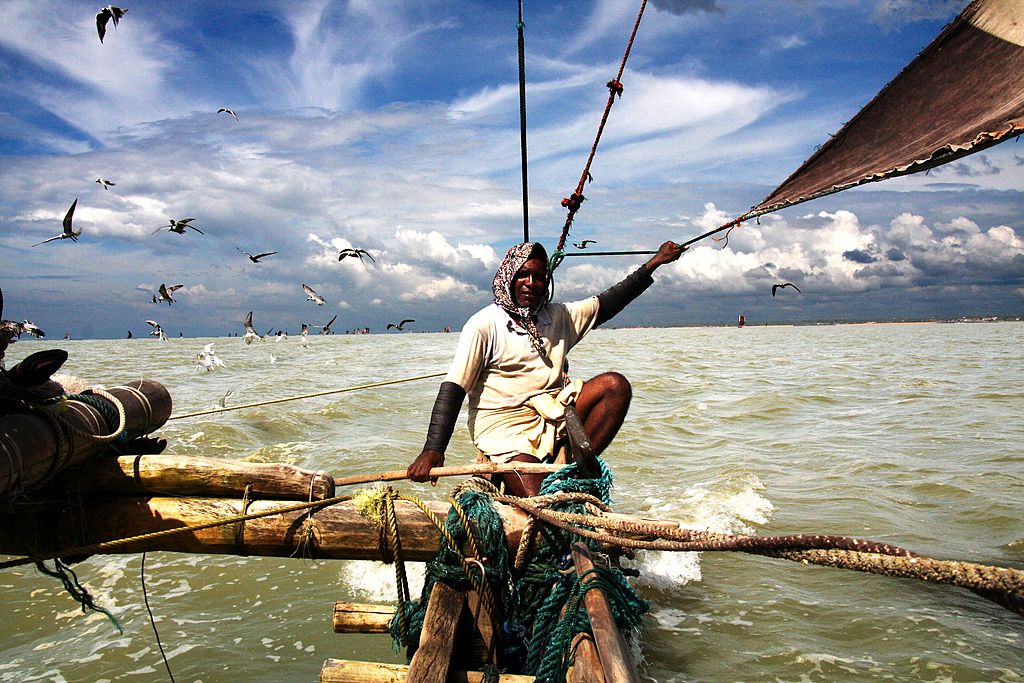
Asha’s team was only about four miles offshore when their lives changed. The area of the Indian Ocean they were in was frequented by whale watchers and fishermen, making the undiscovered creature lurking below that much more surprising.
In this spot, Asha’s team didn’t expect to find any blue whales, let alone something half that size. They planned to go further out but stopped when something they couldn’t identify in the distance began approaching the boat.
Whatever It Was, It Was Bigger Than A Bus
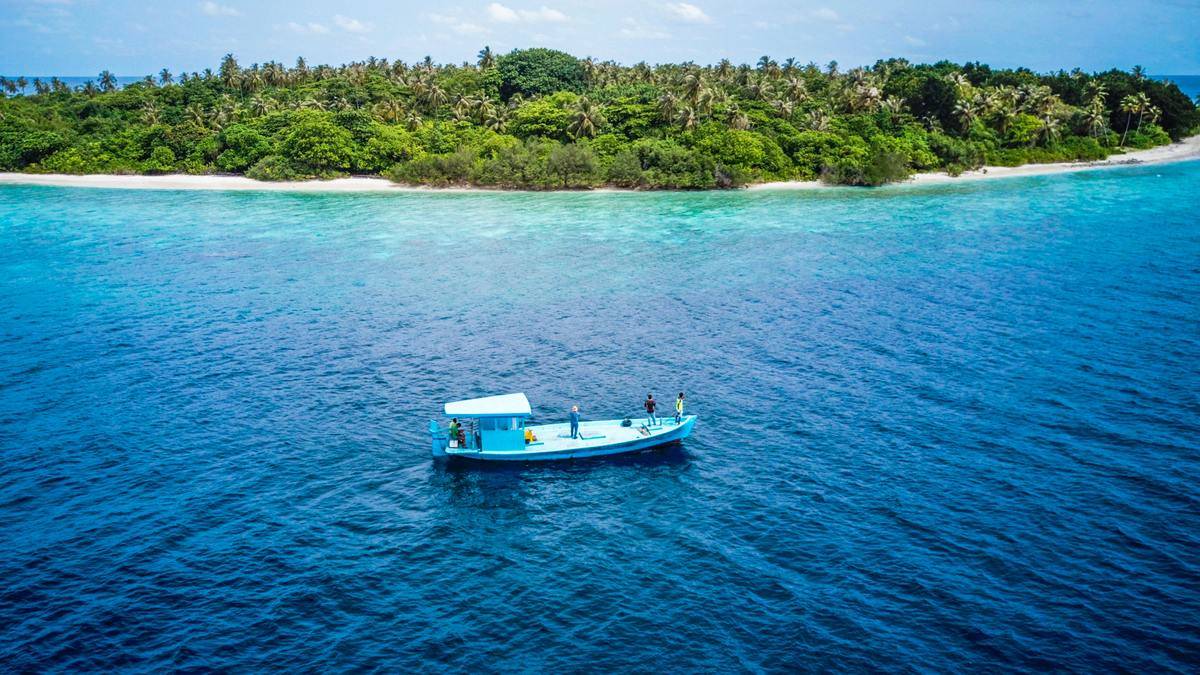
Since the end of the civil war, tourism had increased in Sri Lanka, creating more human traffic at the shoreline. This pushed marine animals further offshore, making spotting something like a blue whale four miles away very rare.
As far as another large creature sharing the same area, that was also unexpected. As the mammal approached the boat, the size of it came into focus. It was large, easily bigger than a school bus. But was it dangerous?
It Began To Circle The Boat

For as curious as Asha’s team was about this large creature, it appeared to be just as curious about them. The animal began circling the research boat. De Vos and her team had no way of knowing how long it would stick around and decided to grab their cameras.
Documenting the animal was vitally important in figuring out what it could have been. Along with the pictures the team took, Asha wrote down her own observations of the animal as it surfaced and retreated over and over again.
It Was A Whale! But Not A Blue Whale…
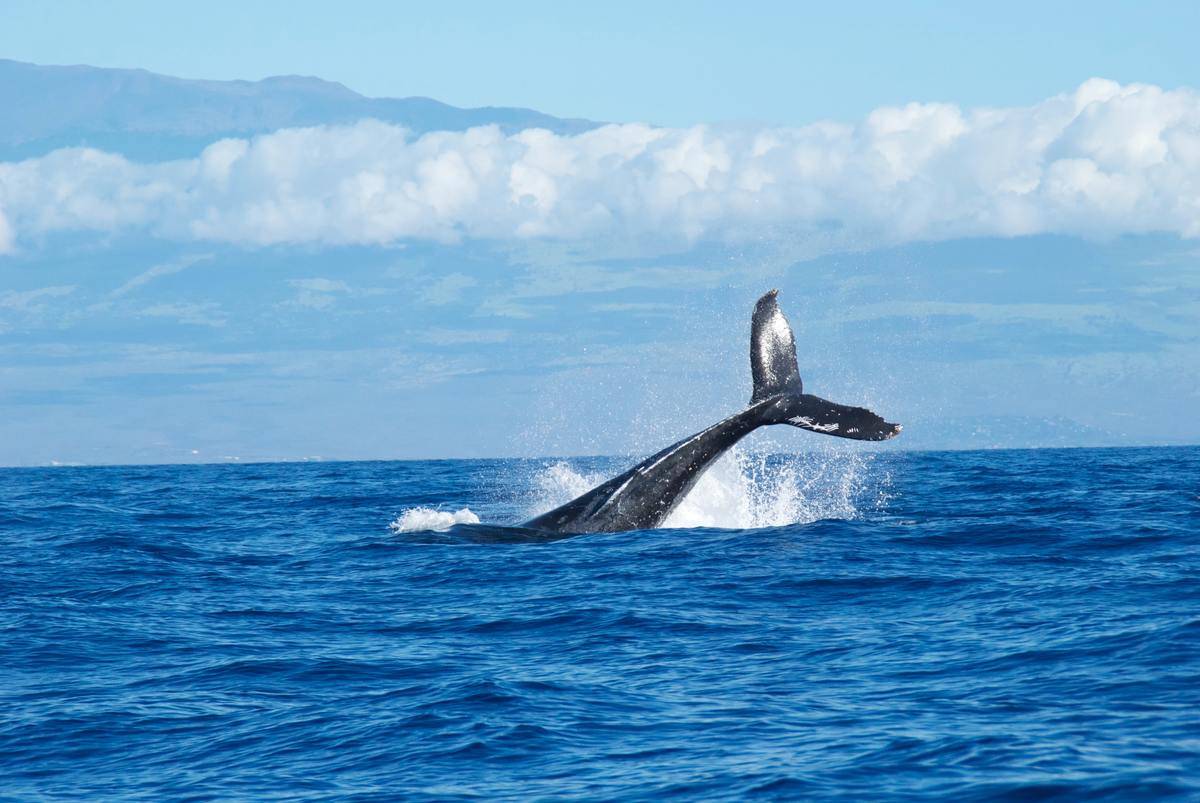
One thing that was clear about the mysterious animal circling the boat was that it was a whale. The question instantly became this – what kind of whale was it? Upon first seeing it, the team wasn’t able to identify it.
It was too small and too close to shore to be a blue whale. As soon as the team made it back to land, Asha took her photographs to her field house to figure out what she and her team had found.
The Identification Process Wasn’t Fast
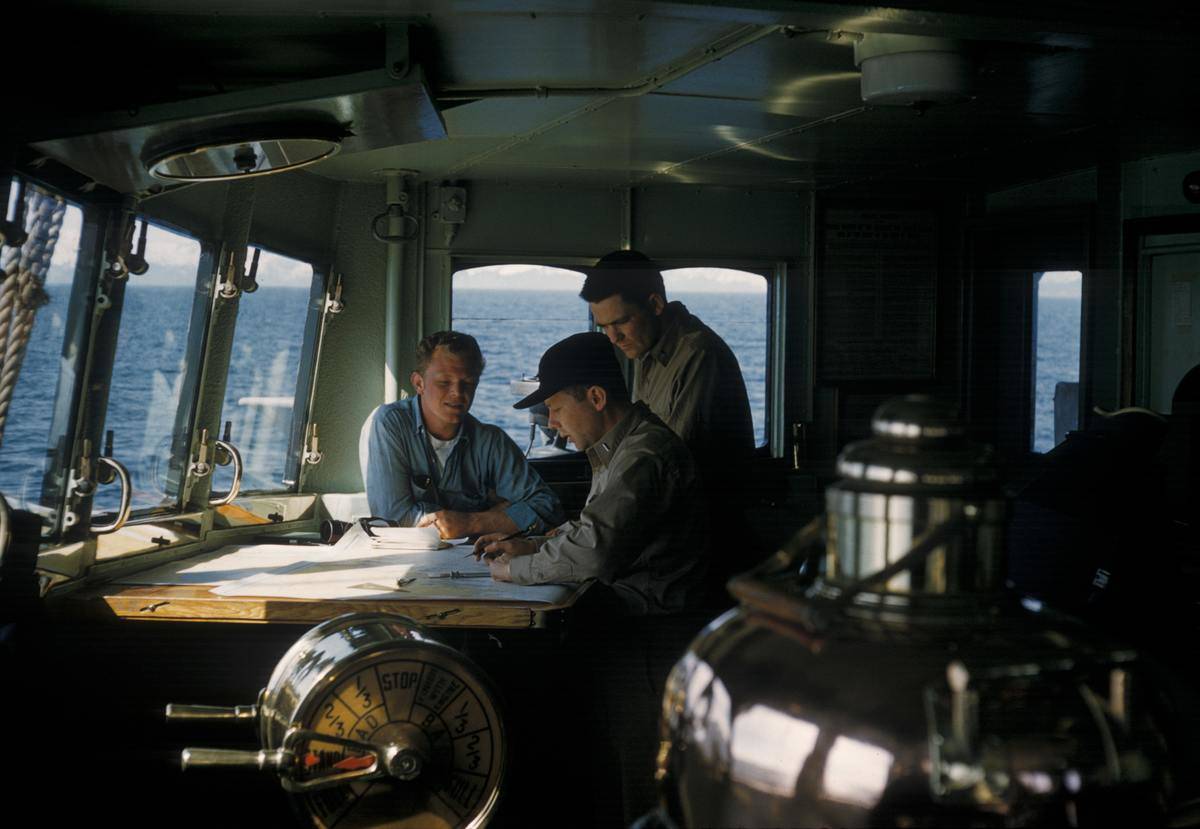
Aside from knowing this creature was a whale, the team had no other information to start their investigation on. Over the years they had taken pictures of and identified other species of whales, and this one didn’t match any.
What they saw was a whale they had never seen before. What they didn’t know what just exactly how rare this whale was. To help identify it, Asha and her team asked some of her best students to help sort through the evidence.
It Was Finally Identified As An Omura’s Whale
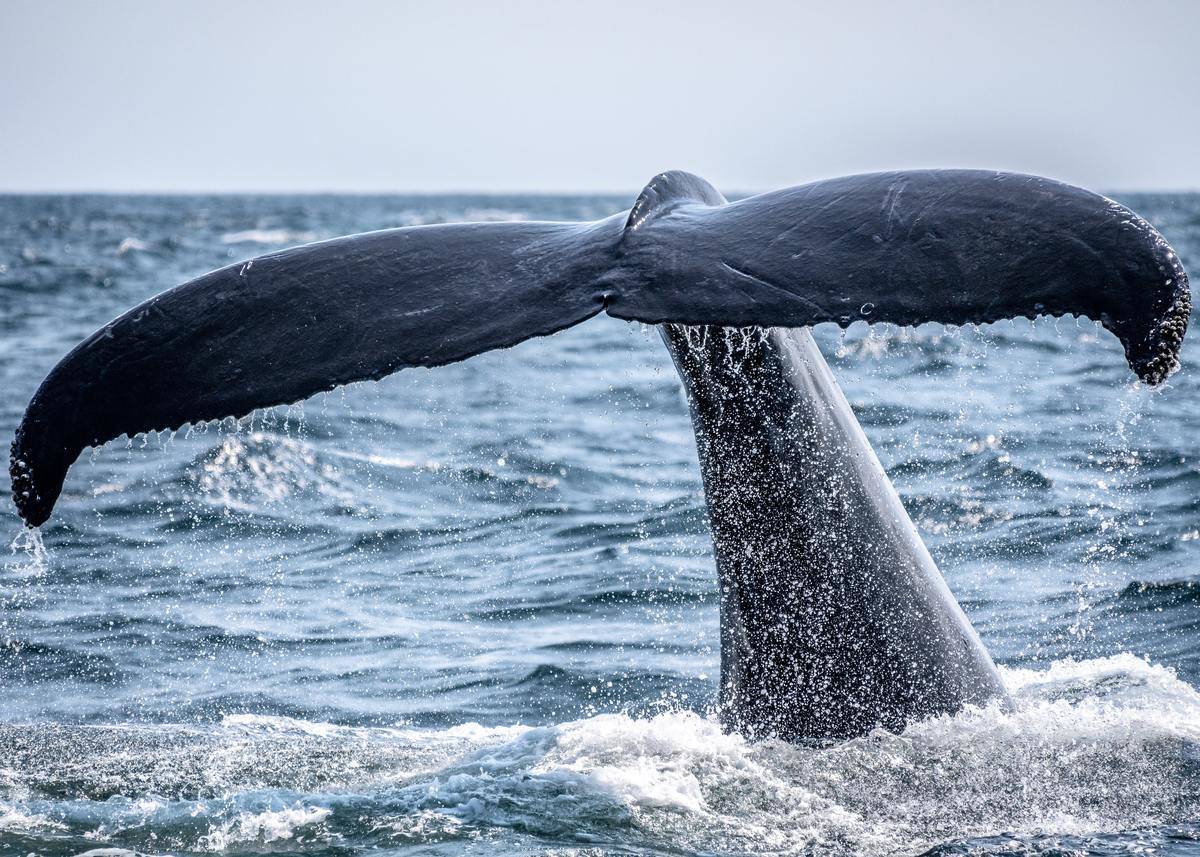
Asha sent the photos and the information her team gathered to two expert colleagues, Dr. Salvatore Cerchio and Dr. Robert Brownell. When they looked at the pictures, they were able to identify the creature as an Omura’s whale.
This wasn’t the end of the story, though. Now that the whale had been identified, it needed to be determined what it might be doing off the shores of Sri Lanka.
Omura’s Whales Are Very Rare
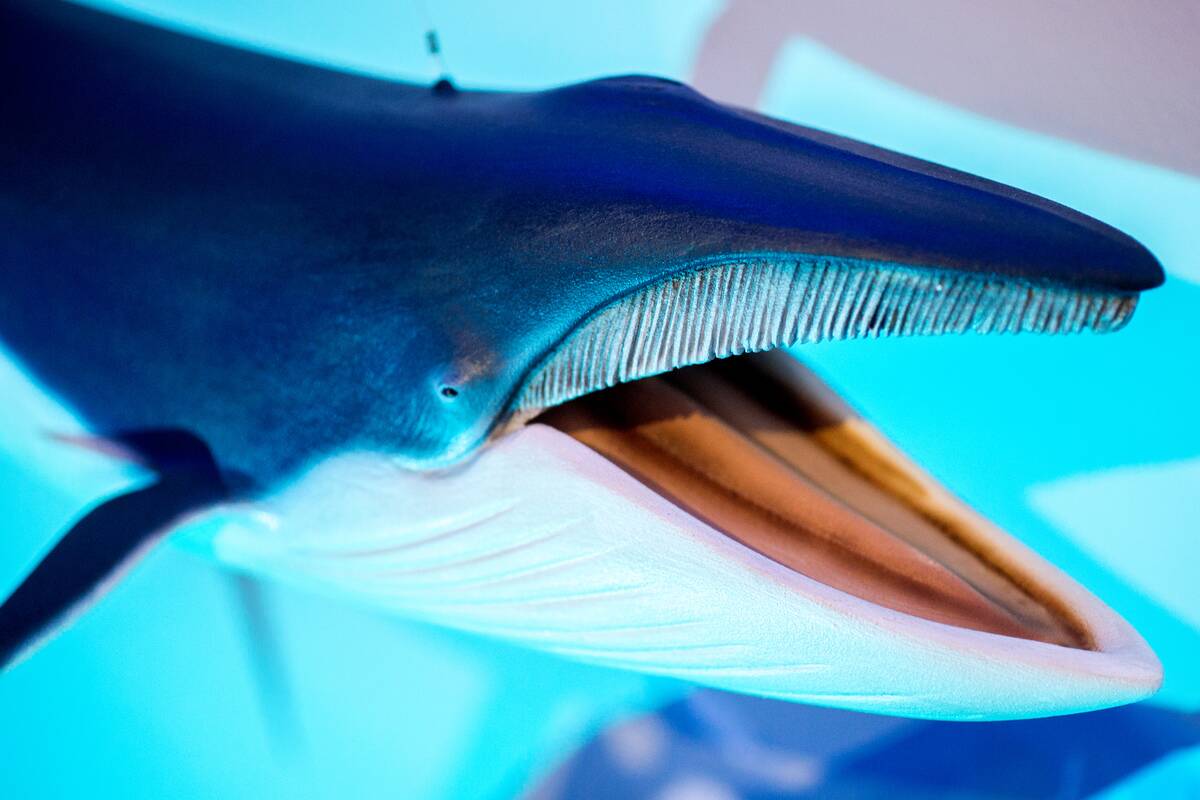
Before sending the photos to Dr. Brownell and Dr. Cerchio, Asha de Vos had suspected the mammal was an Omura’s whale. But because one had never been observed off the coast of Sri Lanka, she wanted a second opinion to make sure.
Omura’s whales are one of the rarest species of whales worldwide. Being able to observe one as up close as Asha and her team had was truly a special moment.
The Omura’s Whale Was First Named A Species In 2003
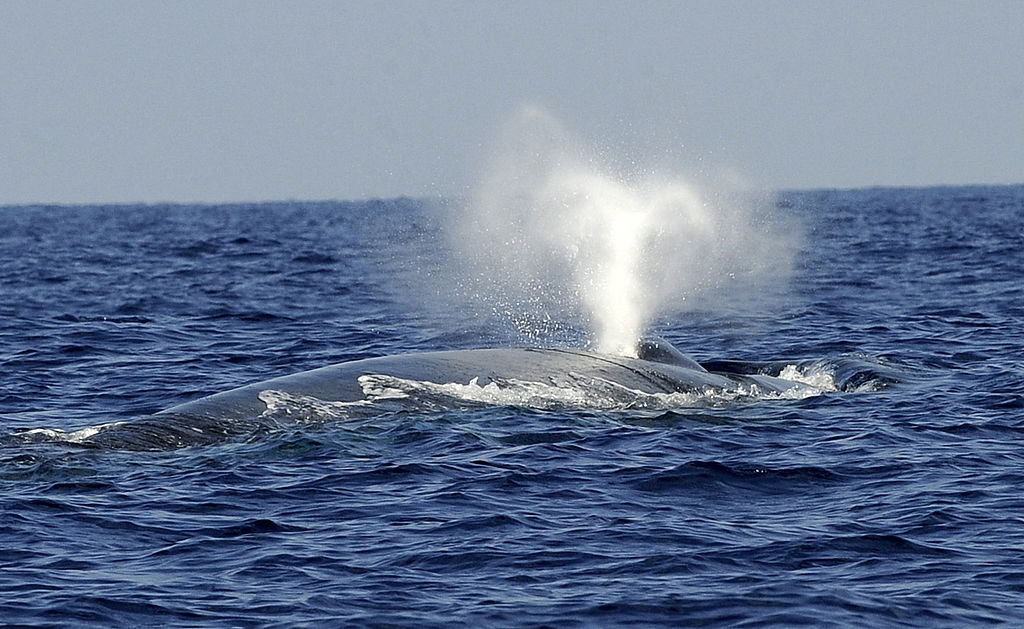
Although Omura’s whales have been around for a long time, they weren’t declared their own species until 2003. Before then, they had been misidentified with other similar whale species.
After scientists tested the DNA of specimens they were able to come to the conclusion that this was a unique species. Because of the delay in identification, we don’t know how long Omura’s Whales have existed. That wasn’t the question Asha and her team wanted answered, though.
Why Was The Omura’s Whale Misidentified For So Long?
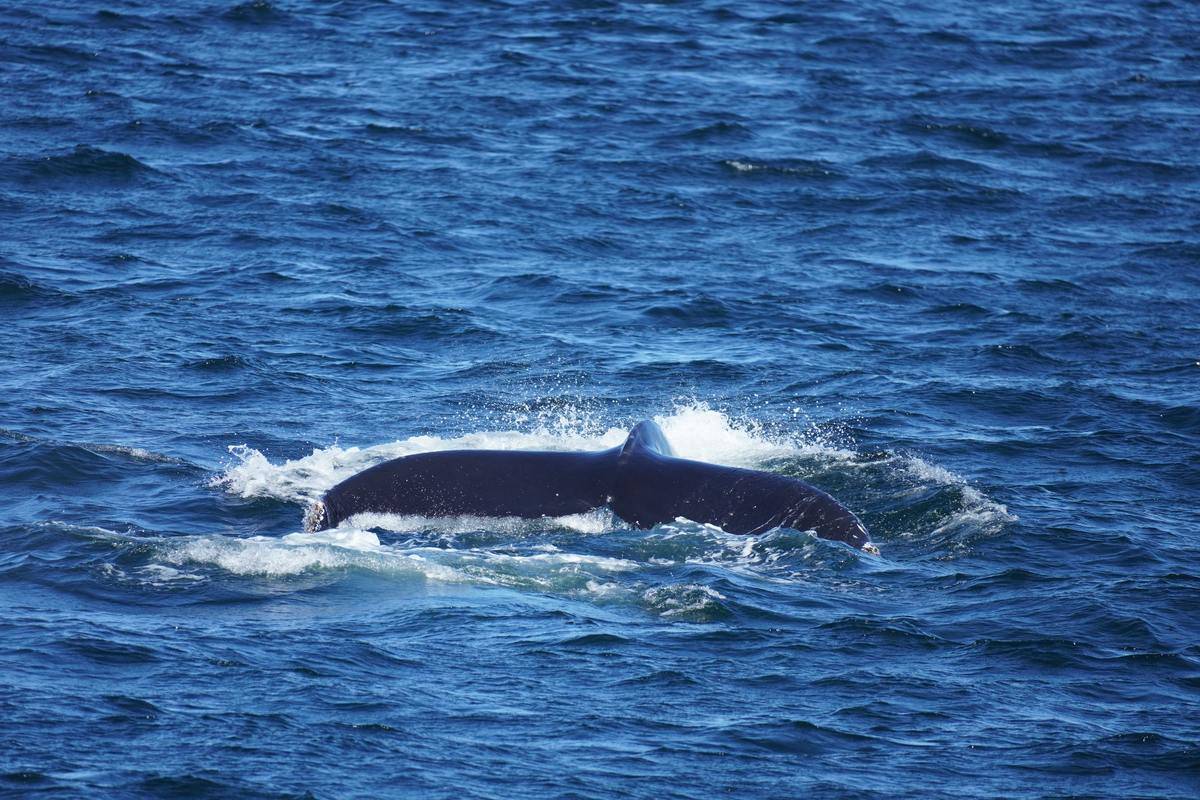
The best theory for why the Omura’s whale was misidentified for so long is because of how rare it is. The whale has fairly unique markings, can measure over 30 feet long, and has a narrow body.
According to scientists, Omura’s whales tend to stay in certain types of waters. Before Asha’s discovery, the whales had been spotted in the South Atlantic Ocean, Western Indian Ocean, Eastern Indian Ocean, and the Eastern Pacific Ocean.
Asha’s Discovery Changed Everything
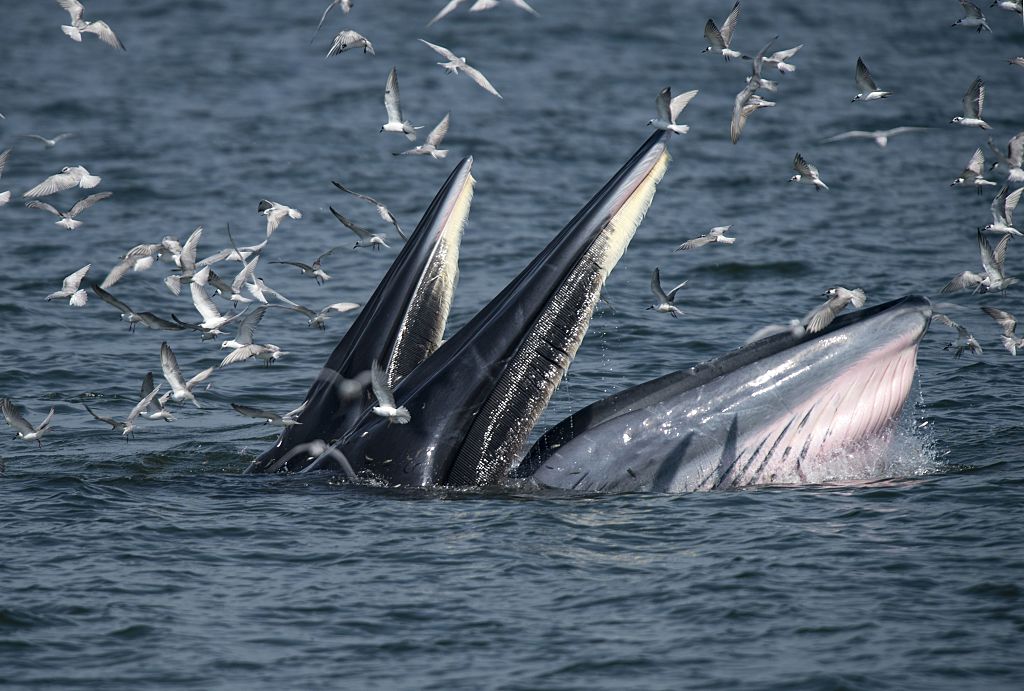
Asha de Vos’ discovery of Omura’s whales in the Northern Indian Ocean changed the way scientists could study these beautiful animals. It revealed a larger roaming area than had previously been thought.
Thanks to this discovery, we now know a little bit more about one of the Ocean’s rarest creatures, There are still countless questions surrounding Omura’s, but the more areas scientists can look for them in, the more questions they can answer.
How Many Omura’s Whales Exist In The Wild?
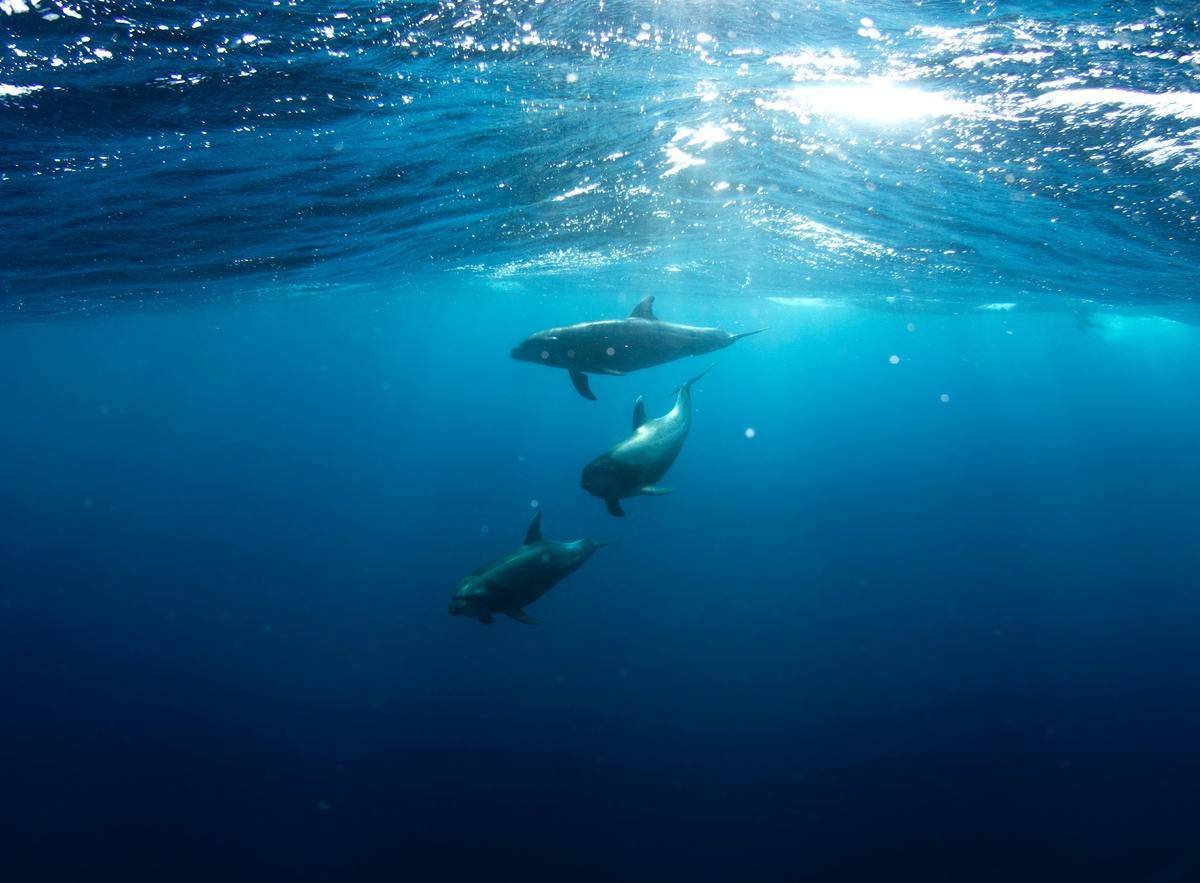
Asha de Vos’ discovery is one that will help the scientific community in numerous ways. Unfortunately, because the animal is so rare, it will likely not help determine how many exist in the wild.
Before de Vos made her sighting, an Omura’s whale hadn’t been recorded live for four years. Because of this, it was impossible to determine if Omura’s populations existed in healthy numbers or if it should have been considered an endangered species.
The Lone Wolves Of The Whale Family
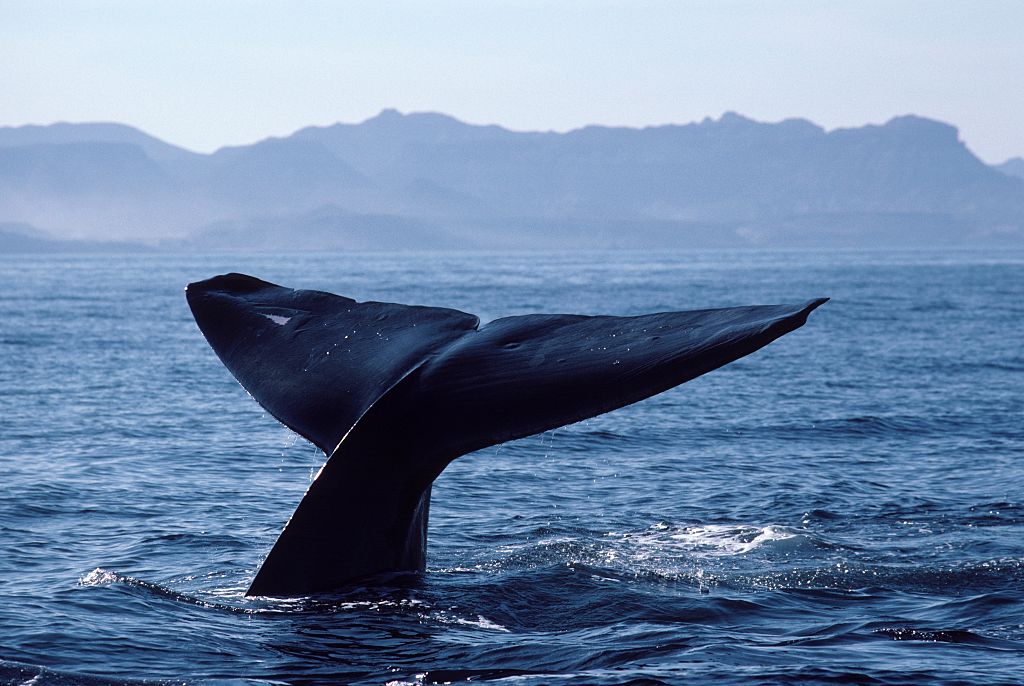
For years, Omura’s whales were most commonly mistaken for Bryde’s whales. There are a few separating differences. First, Omura’s whales never show their heads and dorsal fins at the same time. Secondly, when they dive, their tails pop out of the water.
Lastly, and most importantly, Omura’s whales tend to travel the oceans alone, not in pods. Experts say that these whales usually stay within hearing distance of each other but rarely are condensed in traditional pods.
What The Discovery Meant For Asha

The discovery of the Omura’s whale means a lot to Asha de Vos. It reaffirms her dedication and passion for ocean discovery. Never in her life did she think she would find one of the rarest animals off her own coast.
In her own words, according to Medium, “Seventy percent of our planet is ocean, but we have only explored less than 5 percent of this space… The discovery of this whale in Sri Lanka’s waters just serves as a reminder that we live in an incredible world where exploration and discovery is still possible. The more we know, the more we can care and protect!”









